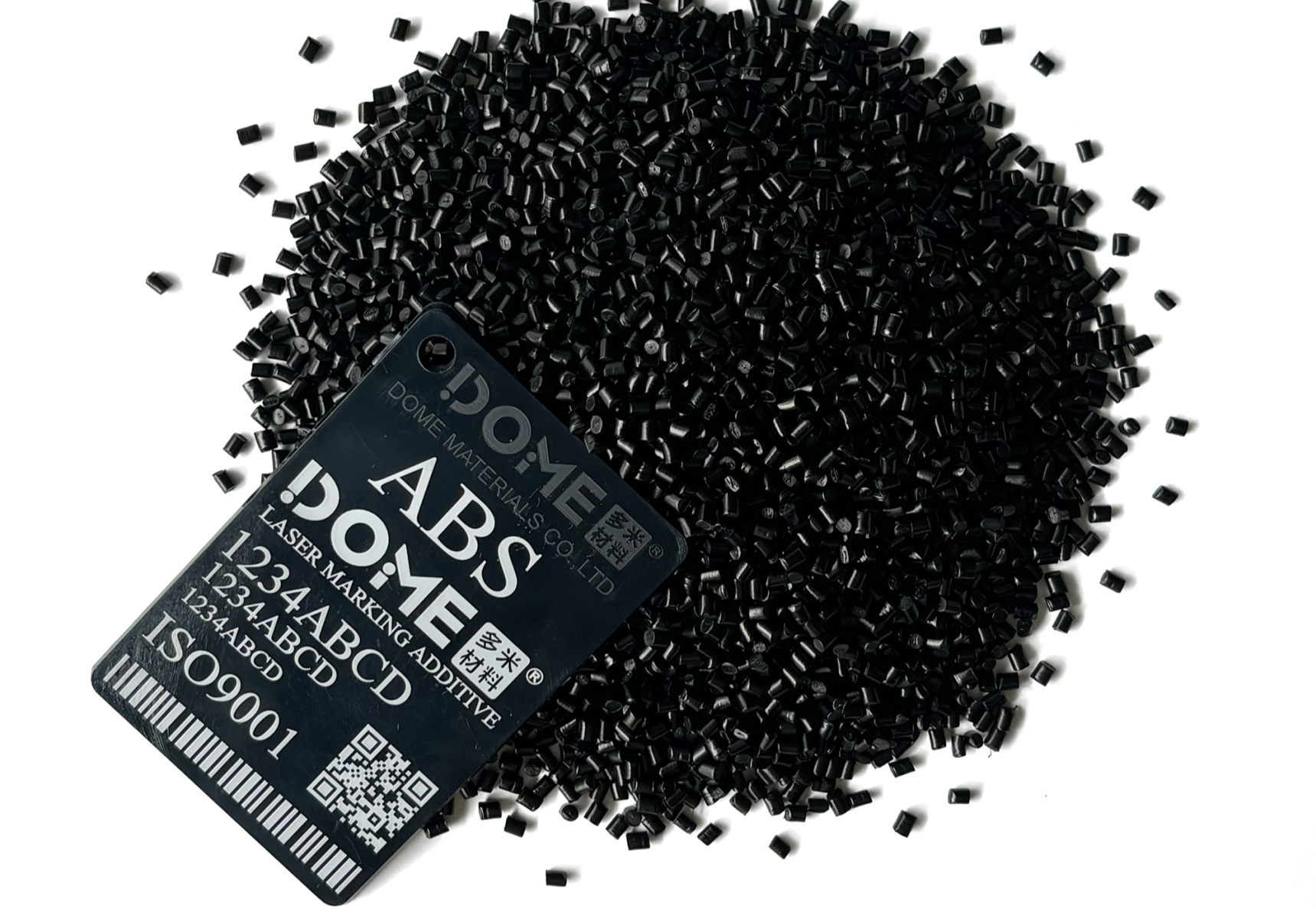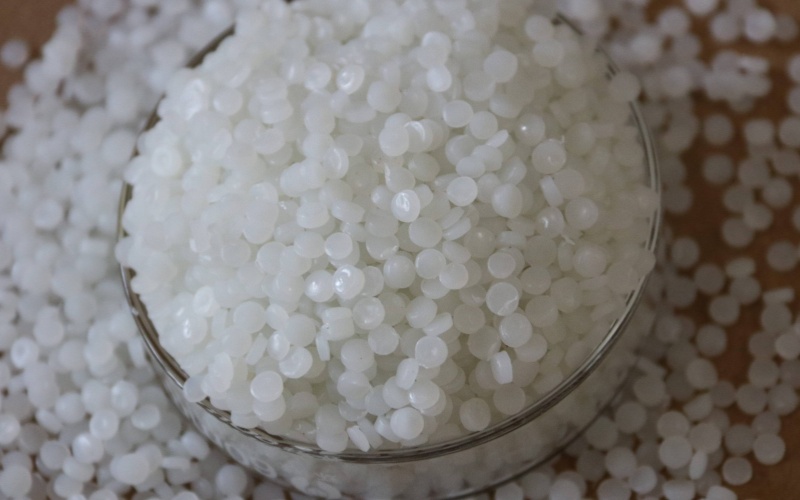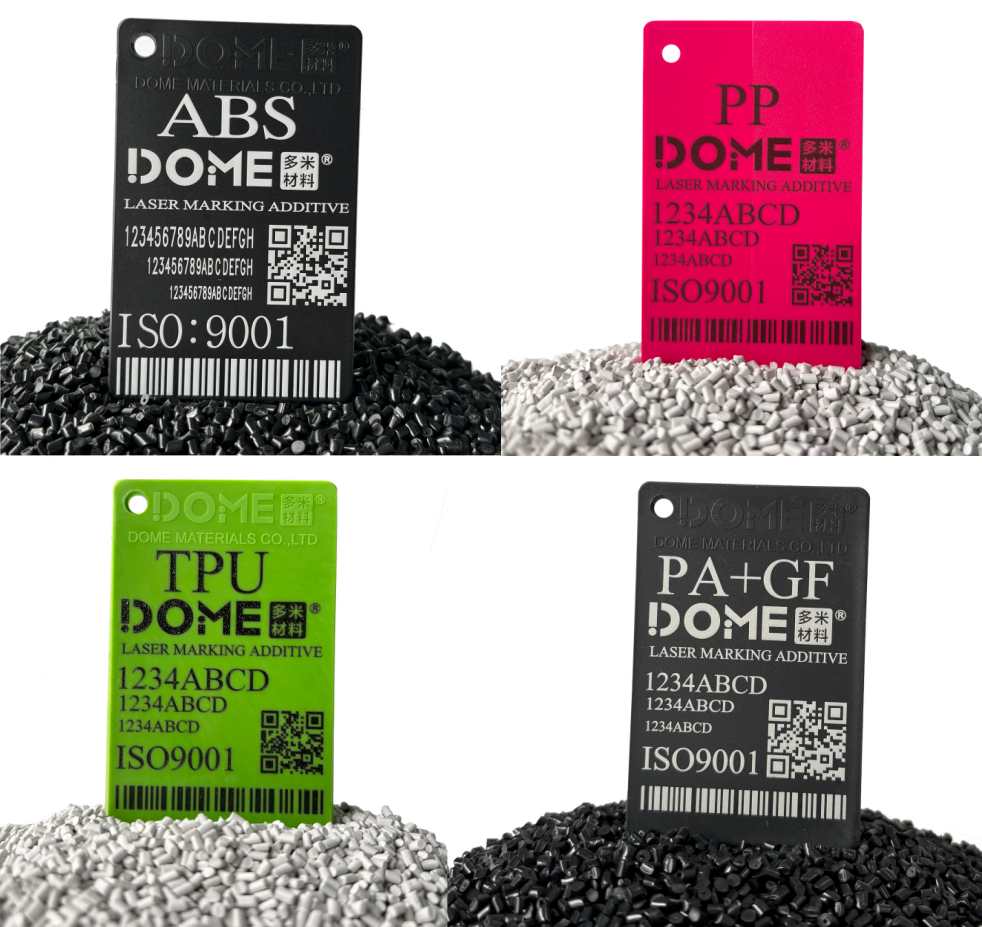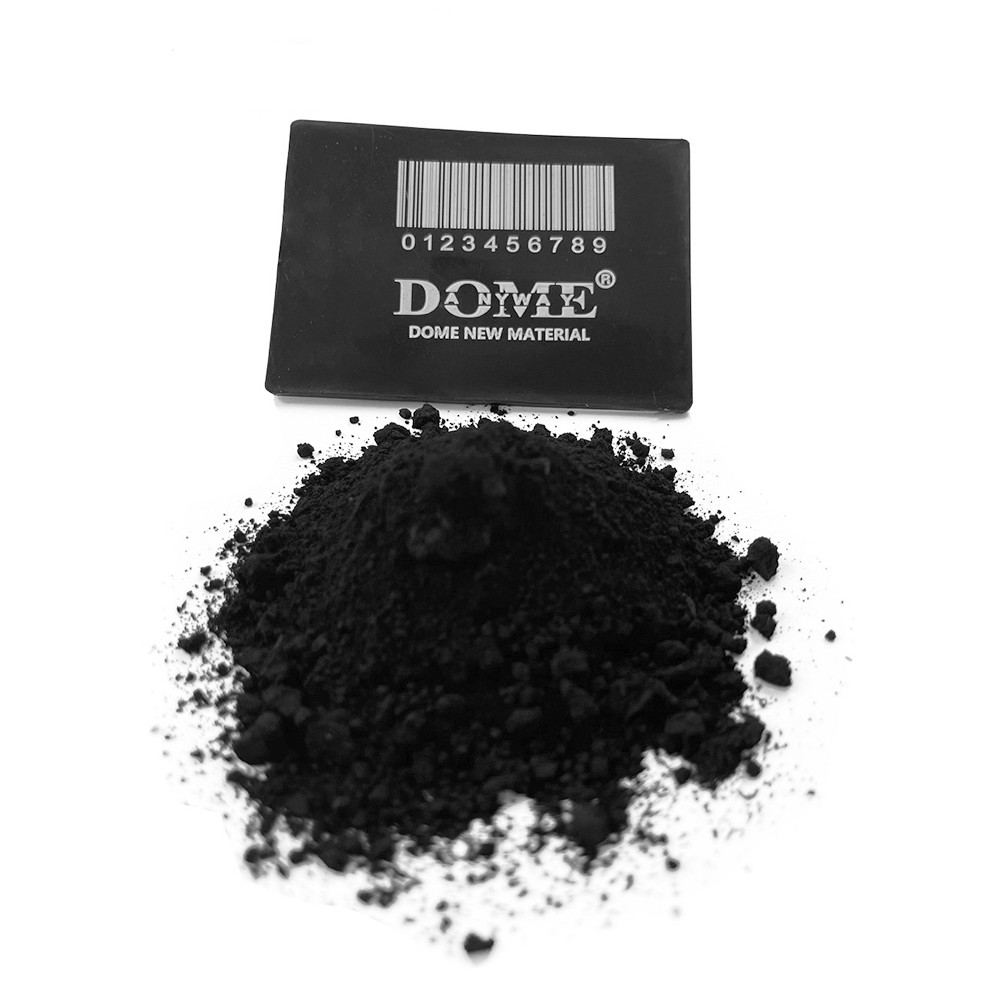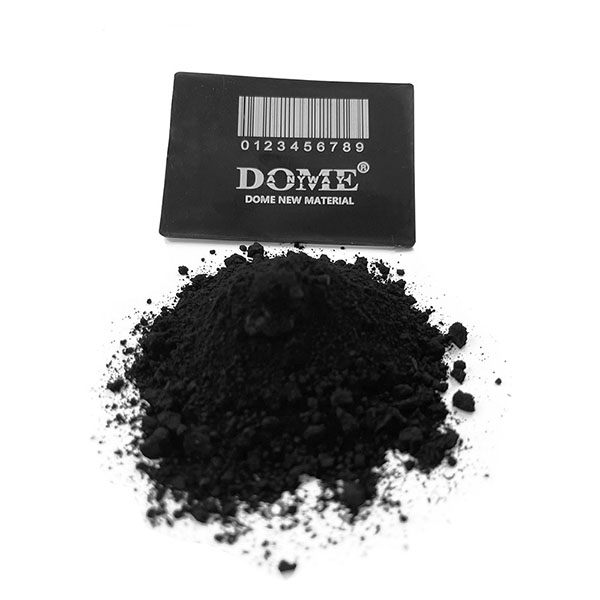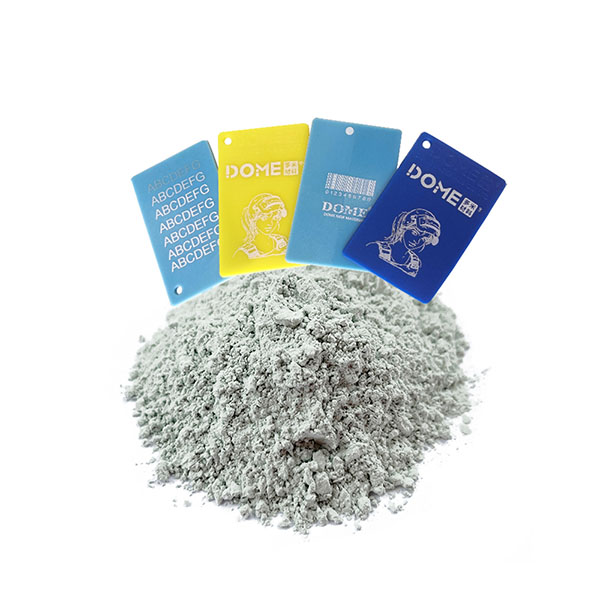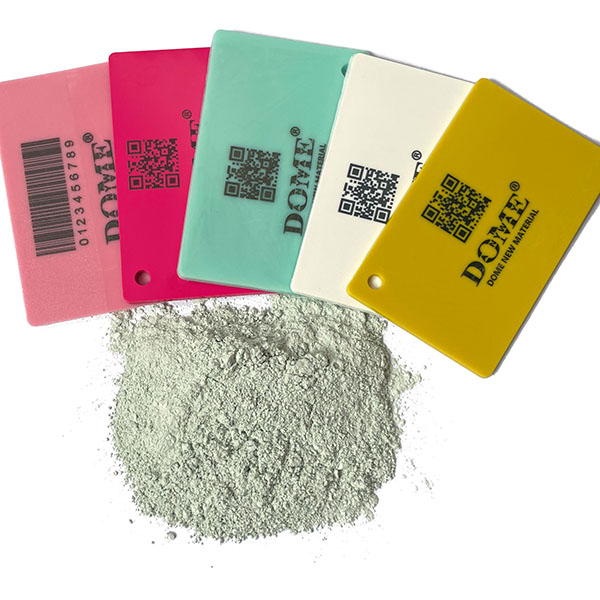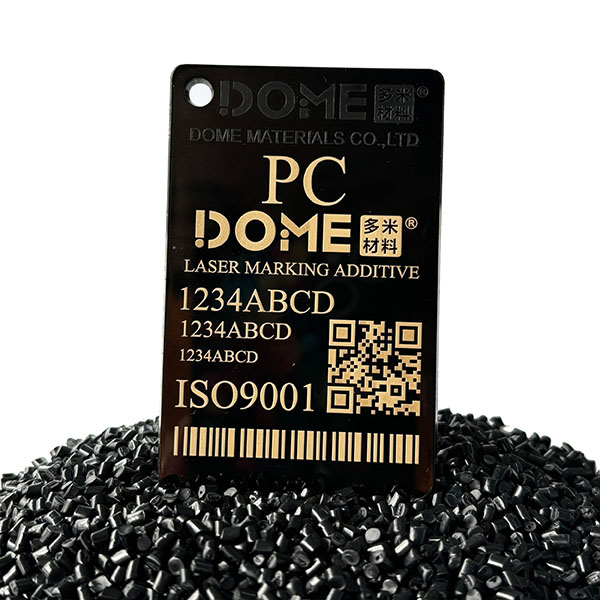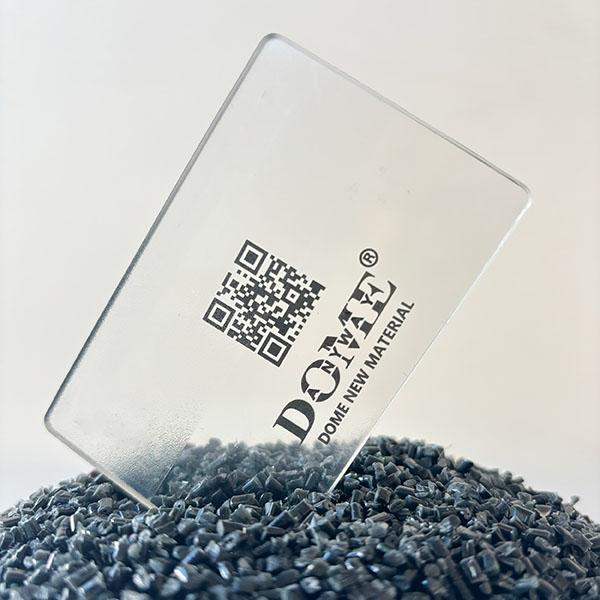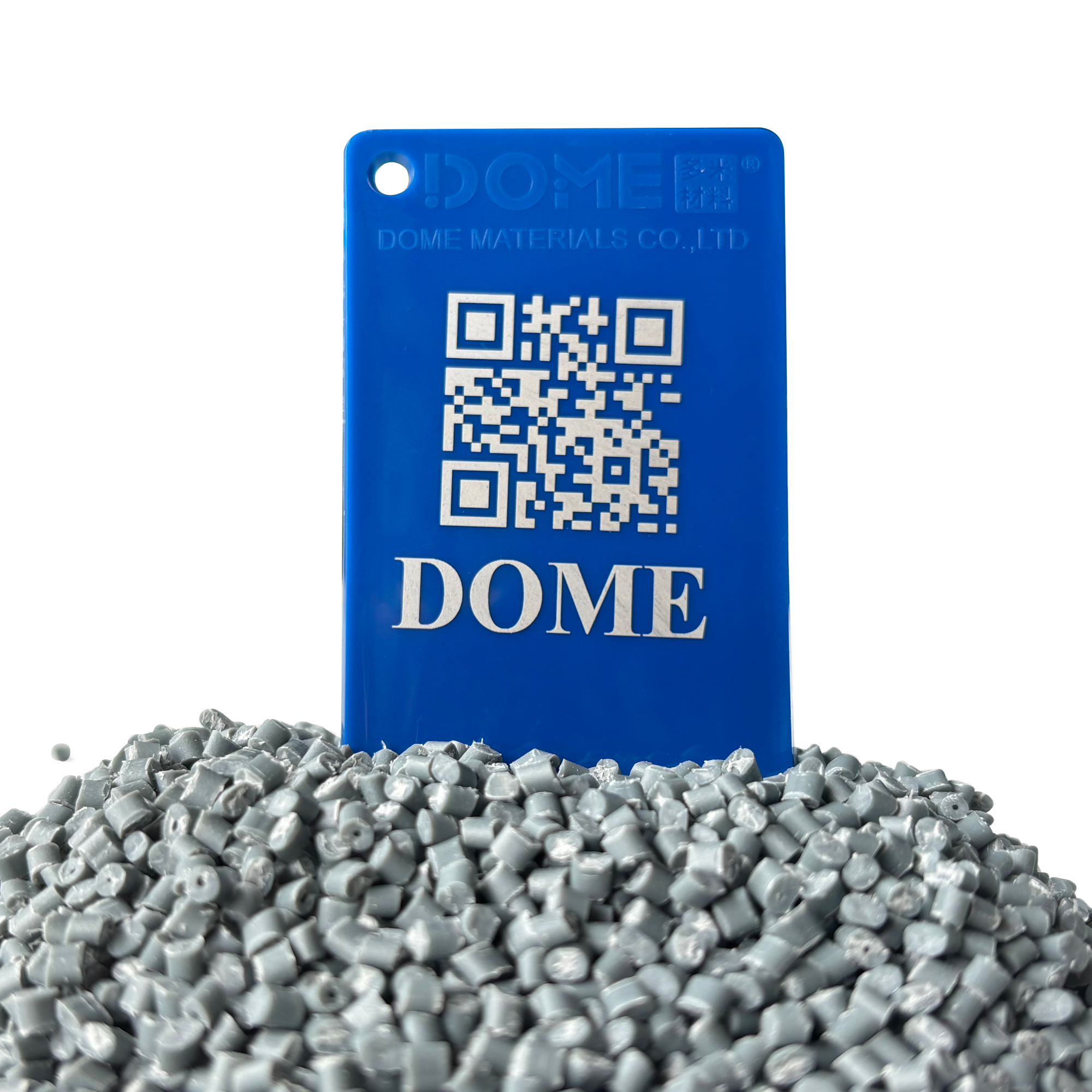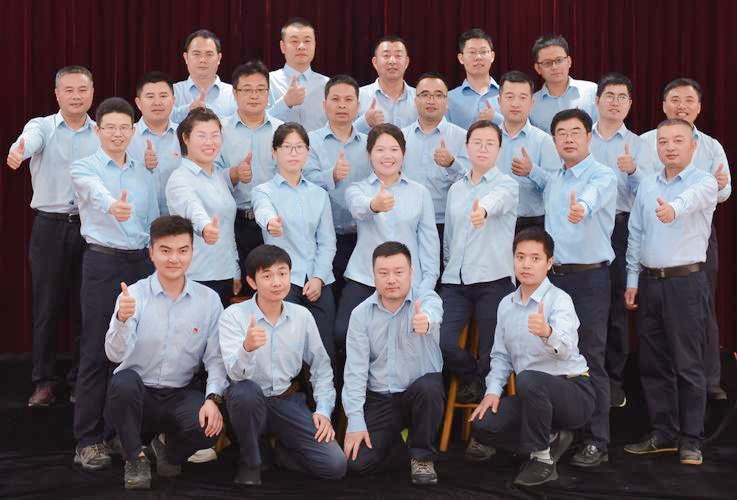In the plastic processing industry, laser marking additives like laser marking powder are essential for achieving high-quality, durable markings. However, their fine, powdery nature can generate dust pollution during production, posing health, safety, and environmental risks. This article outlines effective strategies to minimize dust pollution in laser marking additive processing, focusing on equipment, operations, and material innovations to ensure a cleaner, safer, and more sustainable production environment.
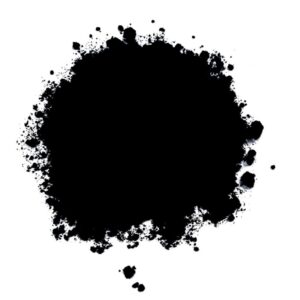
Equipment and Technology Solutions
Use Sealed Processing Equipment
Employing sealed mixing equipment, injection molding machines, or extruders is critical to containing dust. High-quality sealing prevents laser marking powder from escaping into the surrounding environment, significantly reducing airborne dust particles and maintaining a cleaner workspace.
Install High-Efficiency Air Filtration Systems
Integrating advanced air filtration systems into workshop ventilation setups can effectively capture dust particles generated during processing. High-quality filters improve air quality by trapping fine laser powder particles, ensuring a healthier environment for workers and reducing environmental impact.
Implement Negative Pressure Dust Collection
Installing negative pressure dust collection devices at key points, such as material inlets and outlets, is an effective way to manage dust. These systems swiftly draw dust into collection pipelines for centralized treatment, preventing dispersion and minimizing contamination risks.
Adopt Automated Material Handling Systems
Automated dosing and conveying systems minimize manual handling of laser marking powder, reducing dust generation. These systems operate in enclosed environments, precisely delivering powder to processing equipment, which lowers exposure and enhances efficiency.
Operational and Management Practices
Standard Operating Procedures
Implementing strict operational guidelines ensures careful handling of laser marking powder. Workers should pour powder slowly and position the pouring point close to the equipment’s inlet to avoid unnecessary agitation and dust dispersion. Clear protocols reduce human error and promote consistency.
Provide Personal Protective Equipment (PPE)
Equipping workers with PPE, such as dust masks, protective clothing, and safety goggles, is essential. Dust masks filter out harmful particles, protective clothing prevents dust adhesion and transfer, and goggles safeguard eyes from irritation, collectively ensuring worker safety.
Maintain Equipment Cleanliness
Regular cleaning and maintenance of processing equipment prevent dust buildup. Removing residual laser powder from surfaces and internal components reduces the risk of dust becoming airborne, extends equipment lifespan, and maintains operational efficiency.
Isolate Processing Areas
Designating dedicated processing zones for laser marking additives limits dust spread to other areas. Isolated workspaces help contain dust, reduce cross-contamination, and maintain overall facility cleanliness.
Enhance Employee Training
Training workers on dust hazards, safety protocols, and environmental awareness fosters a culture of responsibility. Educated employees are more likely to follow procedures, use PPE correctly, and actively contribute to dust control efforts, improving workplace safety.
Process and Material Innovations
Optimize Mixing Processes
Using low-speed, low-energy mixing techniques minimizes shear and impact forces on laser marking powder, reducing dust generation. Extending mixing time ensures uniform dispersion within plastic pellets, further limiting dust escape during processing.
Incorporate Dust Suppressants
Adding dust suppressants, such as polymeric binders or surfactants, to laser marking powder can reduce its propensity to become airborne. These agents promote particle cohesion, forming larger aggregates that are less likely to disperse, enhancing process safety.
Select Larger Particle Sizes
Choosing laser marking powder with larger particle sizes can significantly reduce dust generation. Larger particles are less prone to becoming airborne, making them easier to control during processing. For injection molding, consider using laser marking masterbatch, such as those offered by DOME Materials, which are granular and inherently dust-free.
Benefits of Dust Reduction Strategies
Implementing these measures offers multiple benefits:
- Health and Safety: Reduced dust exposure protects workers from respiratory and skin hazards.
- Environmental Compliance: Lower dust emissions align with environmental regulations, minimizing ecological impact.
- Cost Efficiency: Cleaner equipment and reduced material loss enhance operational efficiency and lower maintenance costs.
- Product Quality: Controlled dust levels ensure consistent marking quality and prevent contamination.

Conclusion
Minimizing dust pollution in laser marking additive processing is achievable through advanced equipment, standardized operations, and innovative material choices. By adopting sealed systems, optimizing processes, and prioritizing worker training, manufacturers can create a safer, cleaner, and more sustainable production environment. For dust-free alternatives, consider switching to laser marking masterbatch, such as those from DOME Materials, to streamline operations and enhance environmental responsibility. Implementing these best practices ensures high-quality laser marking while safeguarding health and the environment.


